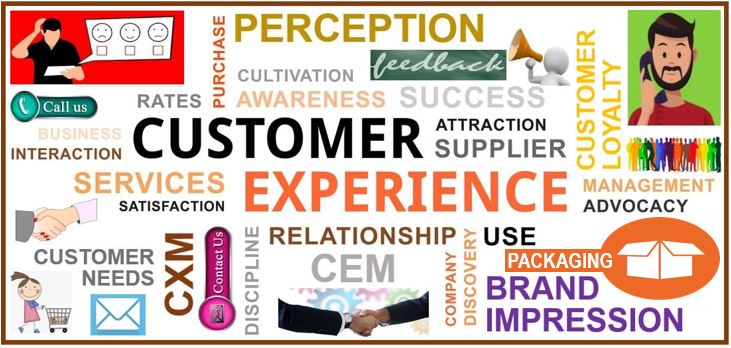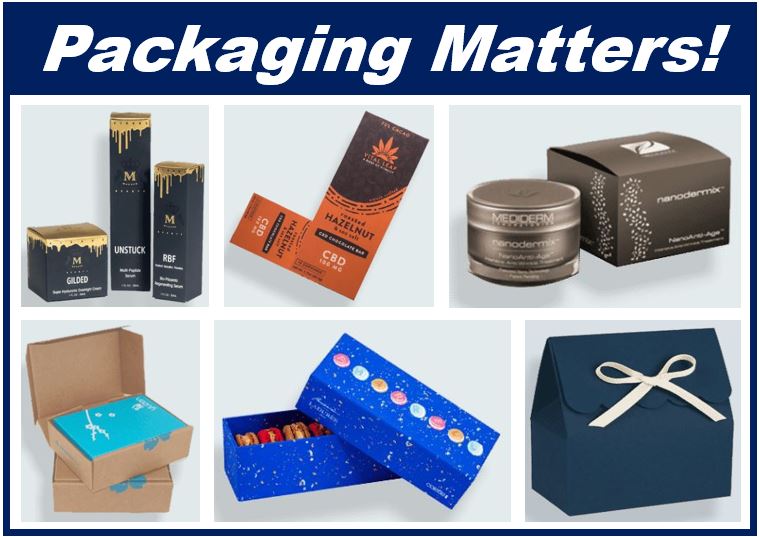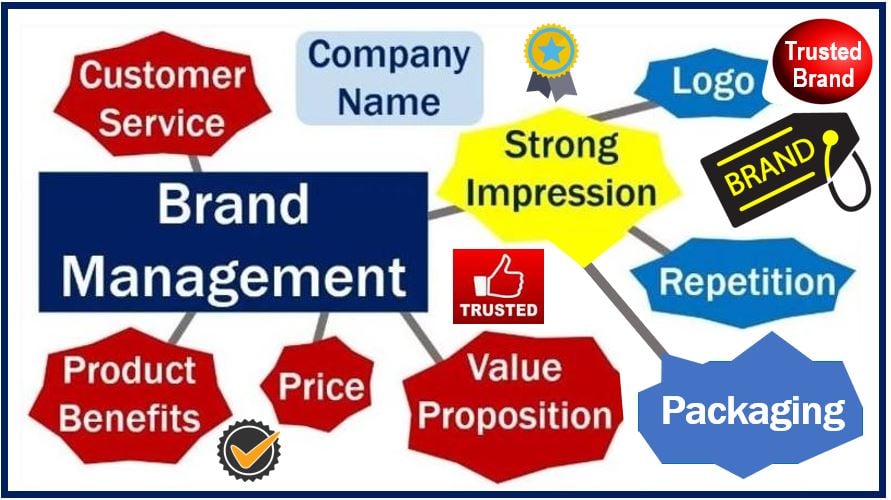
While today’s retail industry is very different from what it used to be, say, thirty years ago, some things remain equally important in every epoch. One of such aspects is the packaging – it may not have as evident influence on the relationships between the business and the client, but it still is an influence and a very real one at that. So, how does packaging affect customer experience? Let us take a closer look.
1. Your packaging is your face
The purpose of packaging is not just to protect what is inside from mechanical and environmental damage – in some ways, it is just as important as the product it holds. More often than not, packaging is the first thing the customer sees, and while we are all taught not to judge a book by its cover, we all subconsciously tend to do just that. Bland or ugly packaging will cause the customer to associate your product and your brand in general with blandness or ugliness.
Alternatively, the potential buyer can simply overlook your product in favor of something that looks more appealing. You may believe that it is not so important when you sell stuff online – however if you send your product simply wrapped up in a piece of plastic, it makes it and, by extension, your entire brand, look cheap.
Packaging does not have to be flashy and lavish to impress. Consider Apple with its simple yet sleek, expensive-looking, and immediately recognizable packaging, and follow their example.

2. Pay attention to quality
It does not matter what you sell – it is always the right decision to go for high-quality packaging and custom design by a reliable and well-reputed company like Refine Packaging. While it will not bring up the costs by much, it will immediately give your products a more expensive and unique feel, making them more attractive when encountered on a store shelf and more satisfying when the client gets to unpacking.
In addition, there is a purely practical consideration – reliable packaging ensures that your products will not be damaged while they are stored and transported.
3. Environmental considerations
One of the primary differences between retail today and retail a few decades ago is that ecological concerns turned from marginal issues into a hot topic nobody can ignore. It is especially true if your products are primarily aimed at younger audiences, as Millennials and Gen Z-ers tend to be increasingly ecologically responsible.
Use more packaging than they deem necessary or too many non-biodegradable materials, and you will earn their ire, which they tend to express online, further affecting your reputation.
4. Think about unpacking
The recent years saw the rise of such an online trend as “unboxing”: i.e., people filming themselves unpacking their purchases or writing detailed articles accompanied by numerous photos of the product at different stages of unpacking. When important influencers do unboxing, it can be a powerful marketing tool – if the packaging itself lends itself well to the process.
Designing it with the sole purpose of looking attractive while it is being removed is a bit of an overkill. Yet, it is a viable consideration if you sell a product that is likely to be unboxed on camera (high-end technology products are more suitable for this than, let’s say, beverages).
5. Develop a consistent brand image

Forestpackage custom box packaging design can make a huge contribution towards creating the desired brand image. Here we talk about not just the responsible use of materials, aesthetics or creating a high-end feel. It is more about subtle messages that consumers may not even perceive as such but which will influence their decisions and perception of your brand nonetheless.
For example, the choice of colors and patterns sends subliminal messages that may steer your target audience in the right direction. For instance, breakfast cereals aimed at children usually come in brightly colored boxes because they attract the children’s attention and are associated with kids’ products.
Cereals for dieters generally use white and pastel colors because they are associated with health. High-tech products tend to use sleek packaging often specifically designed for a particular product to emphasize the idea of innovation. Incorporate such messages in your packaging, and results will follow.
Of course, these suggestions are just the tip of an iceberg – the very nature of the issue means that the further you go from tried and true methods, the more likely you are to stumble upon a really effective solution.

Infographic created by Chicago Tag & Label
Interesting related article: “What is Customer Experience (CX)?”

